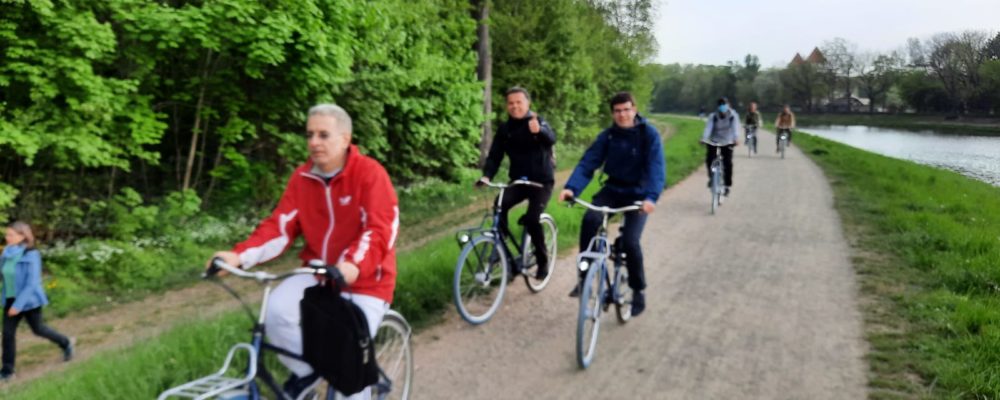ABOUT INTERACT
- INTERACT DIRECTORY
COMMUNITY
TAKE ACTION
Home > Toolkit > Adoption of Sport for All in Sport organizations

ISO or NF should adopt an organic and sustainable glance towards including S4A in their organisations. This approach should be structural.
Managerial recommendations that contribute to the adoption of S4A strategies in a long term.